As a hiker and a dancer, I have an all-too-familiar relationship with blisters on my feet and toes. Whether I just finished a long day in a stiff pair of shoes or find myself in the middle of a 15-mile hike, these painful nuisances never fail to bring my week to a grinding halt. But most of the time, I don’t have the option to simply cancel all my plans, put my feet up, and wait for blisters to heal on their own.
So the same question returns time and time again: how do you safely heal blisters on feet without stopping all physical activity? For me, it always comes down to a mixture of safety, necessity, and a solid understanding of what’s going on in my body when blisters appear. After several years of trial and error (and after seeking advice from other blister sufferers), I’ve found a solid list of go-to blister treatments for getting back on my feet.
What Is A Blister?
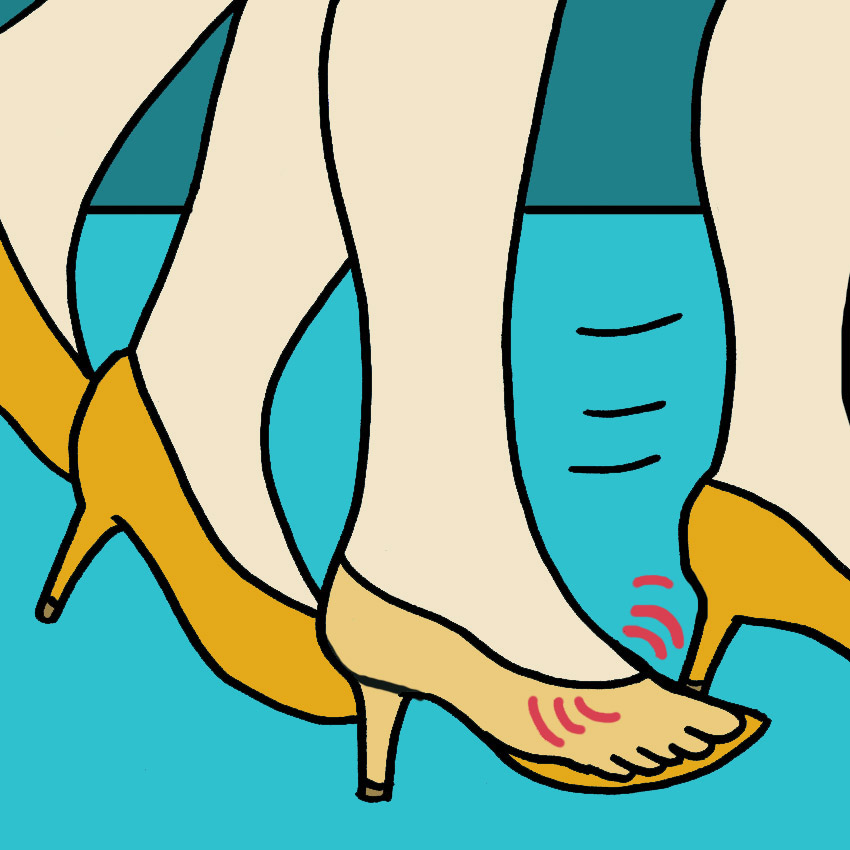
When a particular area of skin is continuously exposed to friction, fluid fills the irritated area, causing sensitivity, burning, and in the worst scenarios, infections. Luckily, your body is set up to shield you from infection or other complications. Whenever possible, allow the blister to heal and drain on its own — that fluid is there to protect you. Most blisters only last as long as two to three days with proper space to heal.
Are You Supposed To Pop Blisters?
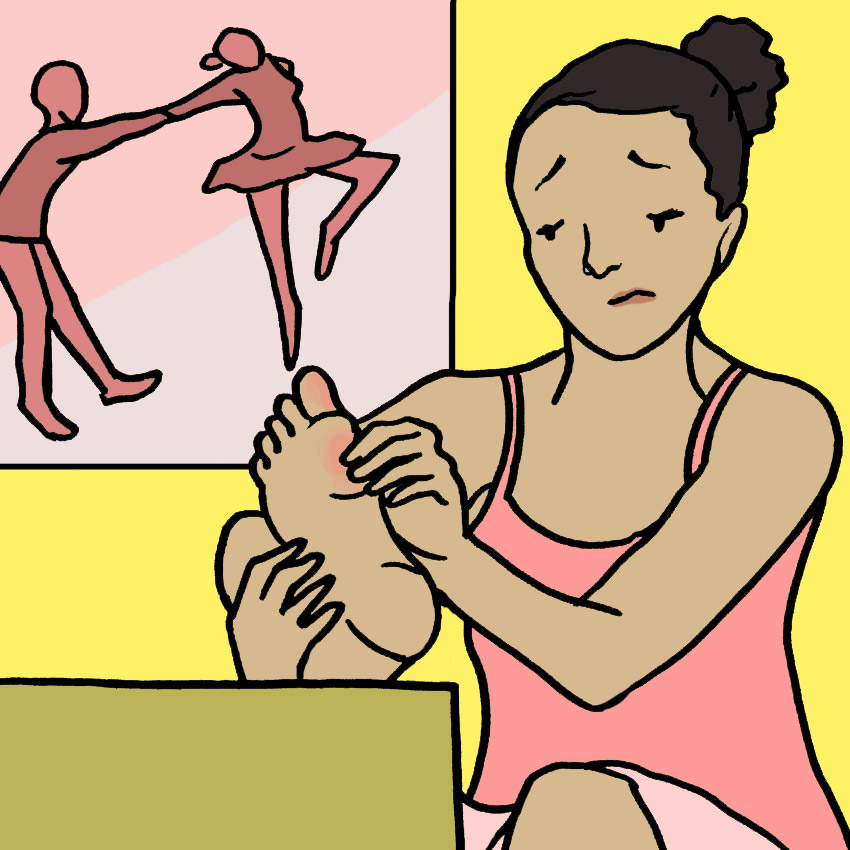
In a perfect world — when you can put your feet up for the day or wear alternate shoes – avoid popping. But in the middle of the woods, when I need to get from point A to point B with healthy feet, draining and treating blisters on your feet is often the best option. Dancers, athletes, and other active groups — like teachers, nurses, and parents — face this challenge as well.
Draining the blister is only essential when you have to keep moving or when the blister is particularly large and painful. After all, you want to avoid the blister breaking on its own and becoming exposed to your socks or shoes.
How To Heal A Blister
1. Draining And/Or Lancing A Blister: The Hiker Standby
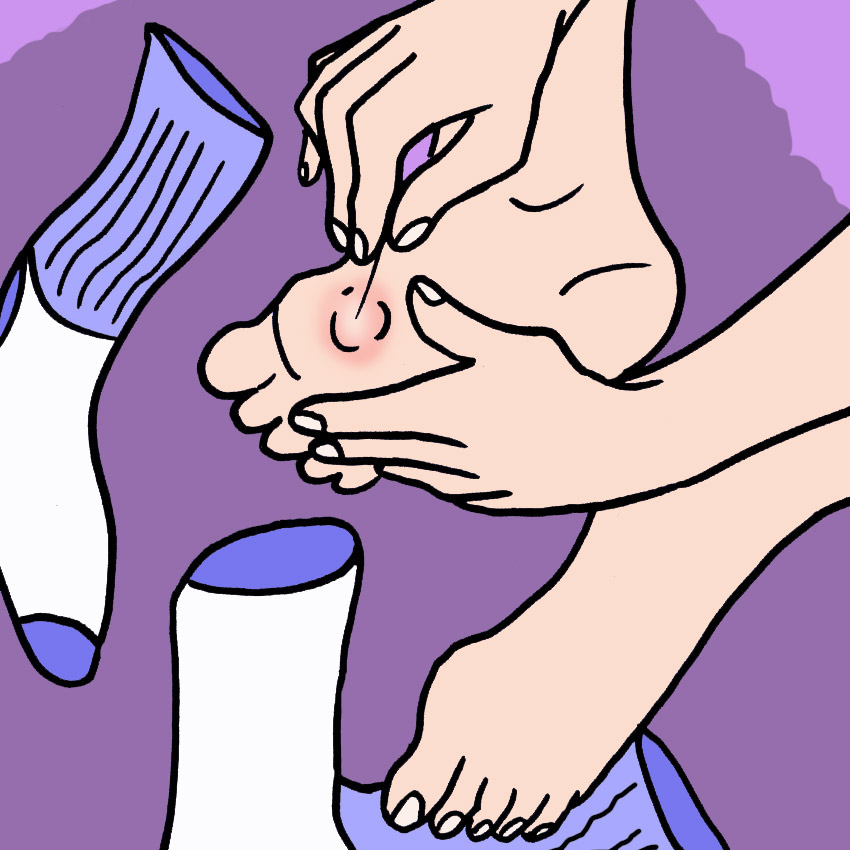
The first time I popped a blister, I was terrified. I sat surrounded by seasoned hikers in Spain and watched — aghast — as a tough, fiftysomething hiker washed her feet, sterilized a sewing needle, threaded it, and then poked it lightly through the side of the blister. “Nope!” I thought, even as I was assured this was one the best ways to heal blisters on the trail.
The lancing blister treatment is not always necessary in the popping process, especially when you have a moment to rest and allow the blister to dry out. But the thread allows the blister to drain as you continue to walk. In other cases, using a sterilized scalpel or pin without the thread is often safest. A small prick in the blister will allow it to drain safely. Either way, be sure to disinfect and bandage the area before continuing on your way.
Check the wound every several hours to make sure it’s not drastically turning red or becoming significantly inflamed. If so, it’s best to have a doctor take a look. Change the dressing once a day to avoid further issues.
2. Tenting Your Blister
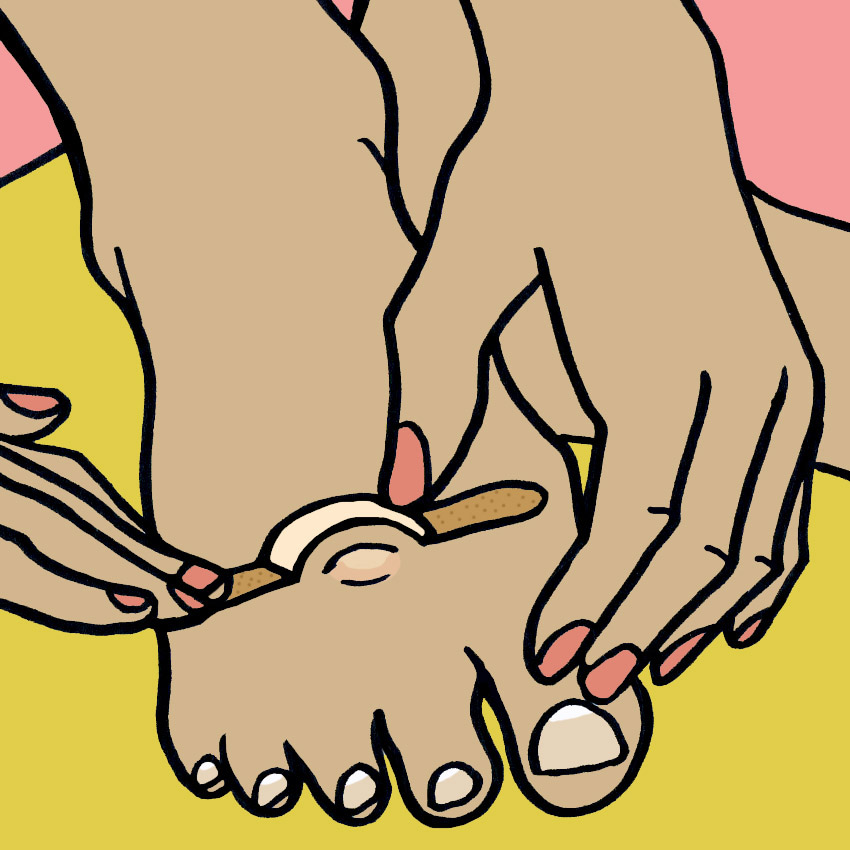
If you are able to relieve pressure from the blistered area without popping (preferable), use a standard Band-Aid to tent the area. By pushing up the adhesive sides of the bandage, the center will leave space for the blister to breathe and run its course.
3. Apply Natural Anti-Inflammatories And Disinfectants
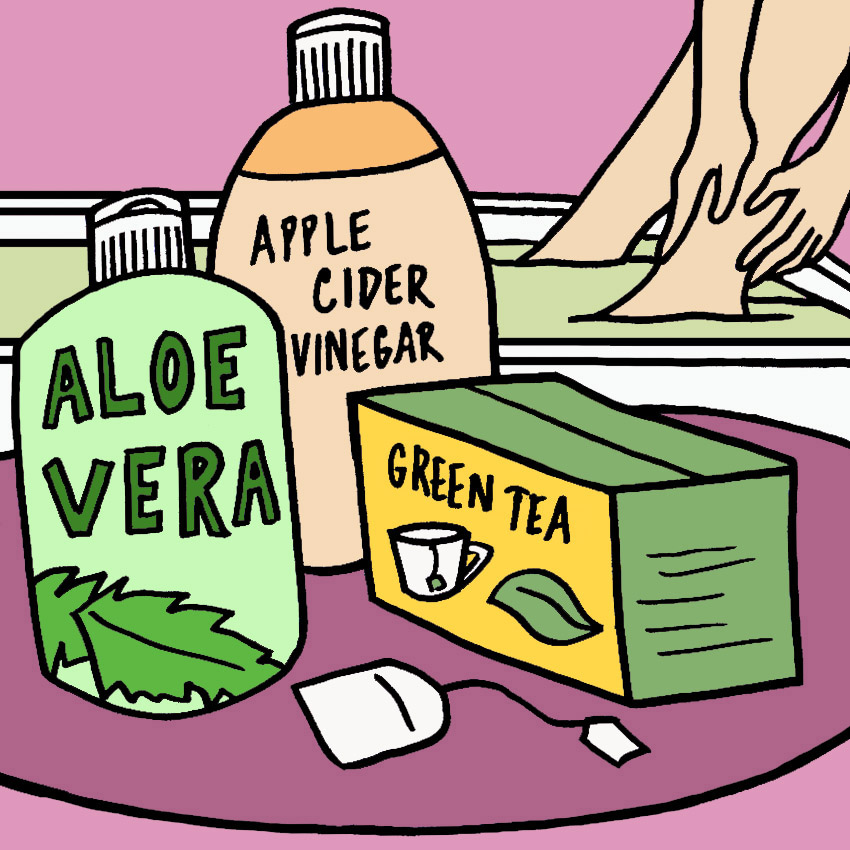
Say you get home at the end of the day and your work shoes have done a number on the back of your heel. For less severe blisters, apply pure aloe vera, or soak your foot in black or green tea. These are all natural anti-inflammatories known to be effective blister treatments. As a disinfectant, try dabbing the area with a bit of apple cider vinegar to prevent infection.
4. Fancy Blister Bandages
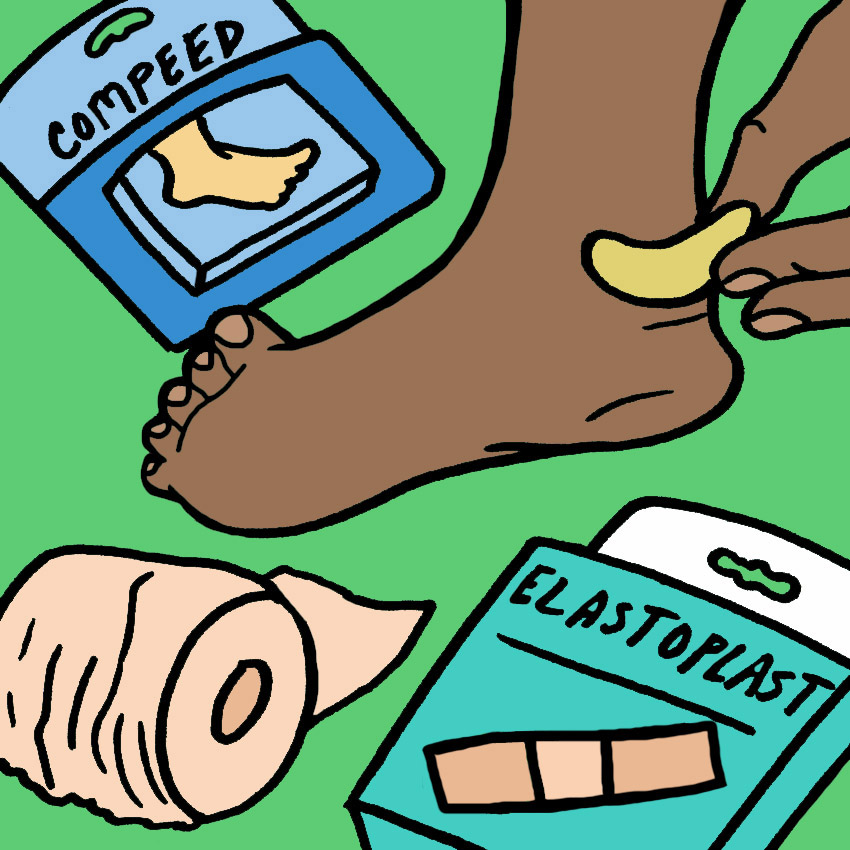
To me, Elastoplast and Compeed are both hiker gold when it comes to blister treatments. Elastoplast is an adhesive bandage, similar to a Blister Band-Aid, that is both thick and flexible enough to protect the blister through the rest of an active day. Think of it as a second skin. Compeed is a great preventative measure: this (somewhat pricier) option molds to your foot or ankle with heat and pressure. Both are particularly helpful if you’re exercising in new footwear.
How To Prevent Blisters
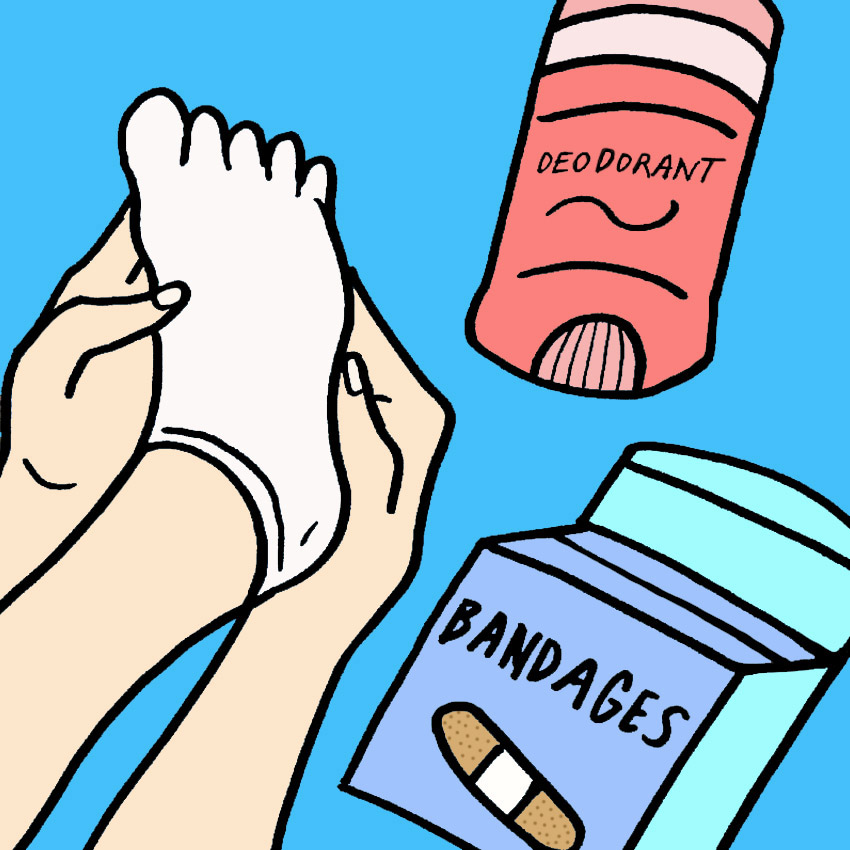
As always, prevention is the ultimate key to solving blister problems. Whether on the trail or in regular daily life, keep your feet as dry and friction-free as possible. For me, I depend on sock liners. Wearing a thin sock as a base adds an extra layer to prevent the shoe (whether it’s my hiking boots or regular shoes for work) from rubbing against my skin. For smaller shoes, consider wearing preventative bandages or rub deodorant on healthy skin until the shoe is broken in. This dries out the area and keeps the foot from sweating and rubbing against the material.
Most importantly, take care of your precious skin! By spending just a few moments to properly heal and address the issue, you can get back on your feet more quickly and comfortably. If you’re part of a community that spends their days up and about, SHARE these tips to keep your friends blister free!




